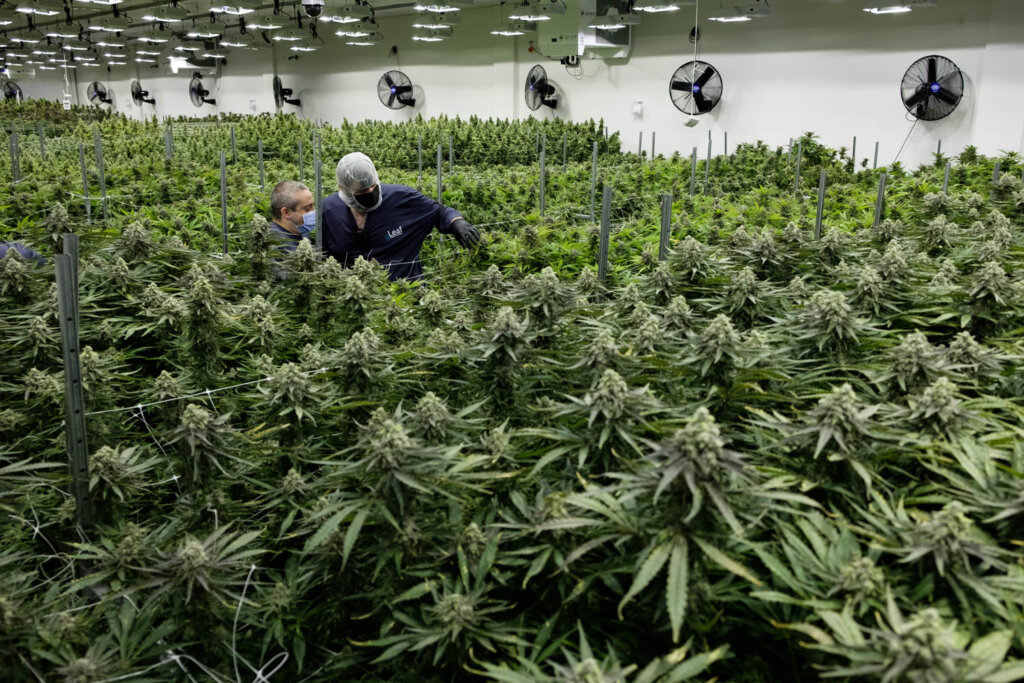Weed in Dhanbad: A Rising Concern Among Youth

Dhanbad, known as the coal capital of India, is a rapidly growing industrial city in the state of Jharkhand. Famous for its vast coal mines and industries, Dhanbad has witnessed significant urbanization over the years. However, with the rise in industrial growth and rapid urbanization, a new challenge has emerged— the growing use of marijuana (weed), especially among the youth. As the city becomes more developed, there is an increasing concern about the implications of marijuana use on both the health of individuals and the society at large on weed in Dhanbad.
The Allure of Weed Among the Youth
Unfortunately, marijuana is often seen as an easy and accessible way to escape from these stresses on weed in Dhanbad.
Marijuana is popularly known for its relaxing and euphoric effects, making it attractive to those who want to unwind. Many young people in Dhanbad view marijuana as a harmless recreational drug, associating it with relaxation and socializing. Peer pressure, especially among adolescents and young adults, contributes to its growing use. Groups of friends often use it together, seeing it as a way to bond or gain social approval. This social aspect, combined with the allure of the drug’s calming effects, encourages many to experiment with marijuana on weed in Dhanbad.
Availability and Distribution of Marijuana
Despite being illegal in India under the Narcotic Drugs and Psychotropic Substances Act, marijuana remains widely available in Dhanbad. Its ease of access is a significant contributing factor to its growing use among youth. Marijuana is sold through local underground networks that thrive in areas with less surveillance. Dealers often target the younger demographic, selling marijuana discreetly in local parks, streets, and alleyways.
In many cases, marijuana is sold at an affordable price, making it an attractive option for those with limited financial resources, such as students and young workers.
While the authorities in Dhanbad are aware of this issue, the underground nature of the trade makes it difficult to control. Enforcement of the law against drug trafficking and consumption often falls short, allowing the trade to continue unchecked in many parts of the city.
Legal and Health Risks
The use of marijuana in Dhanbad poses significant legal and health risks. Under Indian law, the production, sale, and consumption of marijuana are illegal. Anyone found in possession of marijuana can face legal consequences, including arrest, fines, and imprisonment. Despite the risks, the widespread perception that marijuana is harmless contributes to its continued use.
On the health front, marijuana use carries both short-term and long-term consequences. Short-term effects include altered judgment, impaired memory, and difficulty concentrating—issues that can be especially detrimental to students and professionals. For regular users, marijuana can lead to more severe cognitive impairments and may even interfere with their daily functioning.
In addition, long-term use of marijuana can result in mental health issues, including anxiety, depression, and in some cases, psychosis. The drug can also have a negative impact on a person’s motivation, leading to a condition known as “amotivational syndrome,” where individuals lose interest in activities they once enjoyed, including academics or work.
Marijuana also affects the brain’s reward system, making it more likely for users to develop dependence. Over time, regular marijuana use can lead to psychological addiction, where users feel they need the drug to function normally. This dependence can make it difficult to quit and may contribute to ongoing health issues.
The Role of Education and Community Awareness
To address the growing issue of marijuana use in Dhanbad, a proactive approach is needed. Educational campaigns that raise awareness about the legal and health consequences of marijuana use should be introduced in schools, colleges, and communities. It is essential to dispel myths about marijuana and inform the public about its harmful effects.
Schools and colleges in Dhanbad should organize workshops, seminars, and discussions on the dangers of drug use. By educating students at a young age, authorities can prevent the initiation of marijuana use and other substances. Parents also play a crucial role in preventing drug use. Open communication and providing a supportive home environment can help children make informed choices about drug use and avoid peer pressure.
In addition to education, law enforcement must work to strengthen its efforts in curbing marijuana trade and consumption in Dhanbad. Regular patrolling and surveillance in areas known for drug activity, as well as collaboration with neighboring states, could help reduce the availability of marijuana in the city.
Conclusion
The rise of marijuana use in Dhanbad is a concerning trend that requires immediate attention. While marijuana may be seen as a harmless way to relax, its legal consequences and impact on health cannot be ignored. By working together—through better law enforcement, education, and community involvement—Dhanbad can prevent marijuana from becoming a larger issue in the city. It is essential for authorities and community leaders to come together to protect the well-being of Dhanbad’s youth and ensure a healthier, drug-free future for the city.

When it comes to marijuana products, ScentHub offers an extensive selection of some of the highest quality items I’ve come across. I’ve tried a variety of strains, edibles, and concentrates, and the quality has consistently been outstanding. The flowers are always fresh, fragrant, and potent. I’ve had the chance to try both Sativa and Indica strains, and the effects have been exactly as described. Contact them on email: Scenthub43@gmail.com and also there Telegram : t.me/Scenthub43
Wow they have an option for me. The variety in their selection means that no matter my experience level, I’ll find a product that fits my needs. highly recommended .

I can say without hesitation that ScentHub has earned my loyalty. From the quality of the products to the exceptional customer service.
“I was struggling with insomnia, and they found the perfect edible for me, Thank you”
Mine helped my dad find a tincture for his arthritis, highly recommended.
You’ve helped me smile again.